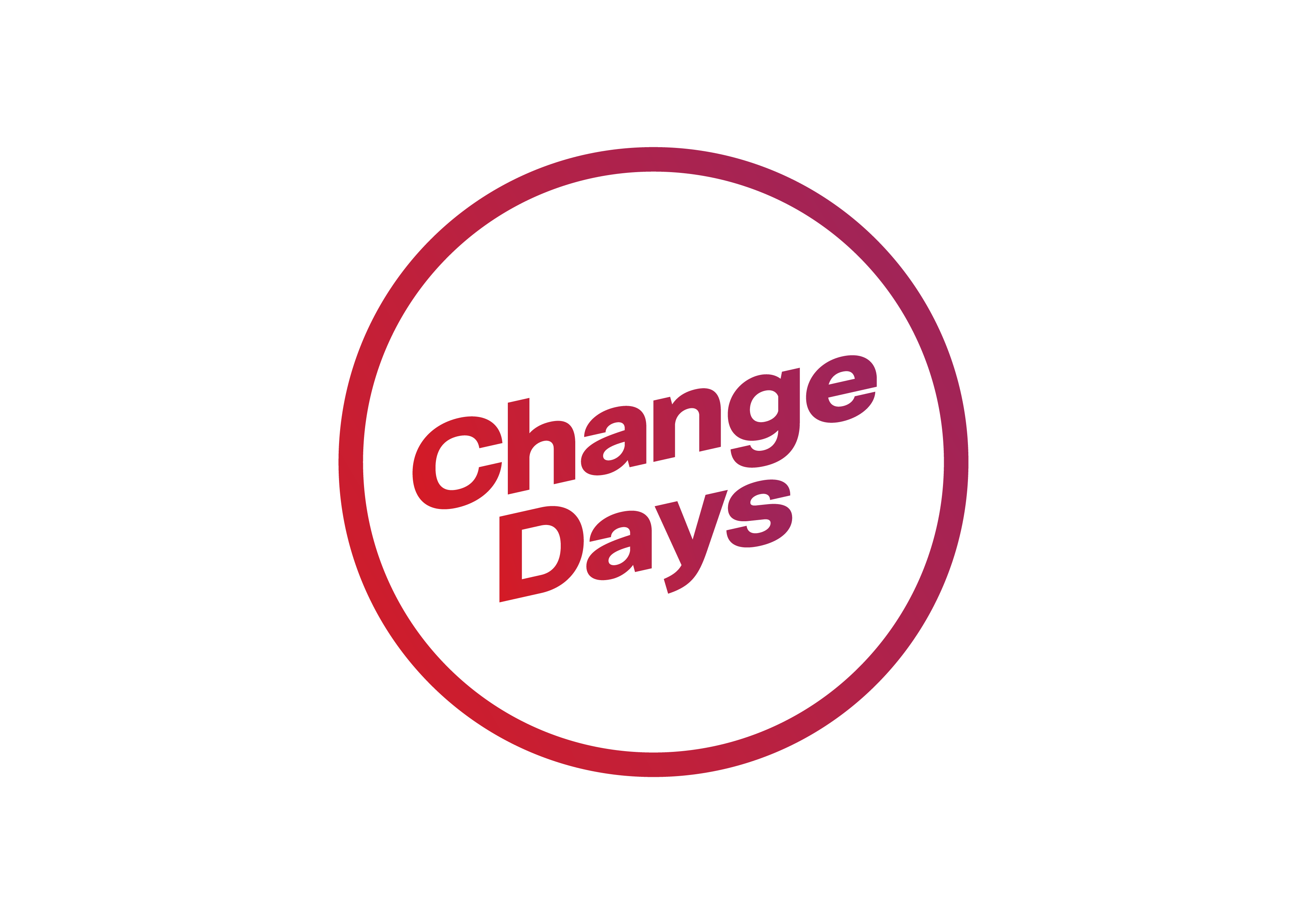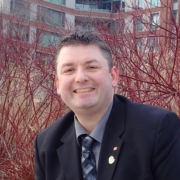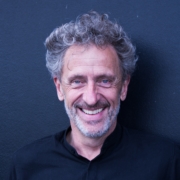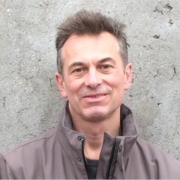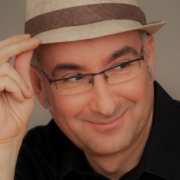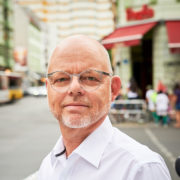Let your fingers do the talking! This Lego® Serious Play® activity, will encourage participants to think beyond their own world of change, extend their own change role and see how they depend on others to successfully deliver change. Tables will work together to build the best change team they can, using a range of unique and different Lego® bricks whilst also getting the opportunity to understand the power of collaboration, co-operation and change agent networks to deliver change.
Dealing with volatility and uncertainty is rapidly becoming the number one challenge of corporate life. We live in a world where all things are intricately related. One thing here may have a huge effect there.The more complex the system the more likely the outcome is surprising and hidden from our rational understanding. The increasing disruptive changes we witness, result from a built up tension in the system that is waiting to be released. To my experience this process resembles the creation of works of art. As an artist and consultant I offer non-linear experiences in the workplace to develop organizational capacity to disrupt or deal with disruption. I believe this is becoming one of the most important 21th centrury skills. Participants are invited to experience complexity and develop disruptive competences in this surprising, creative and artistic activity.
Percussion & Disruption uses rhythmic disruption as a metaphor for organisational disruption. In the course of this workshop participants learn how to play three rhythmic patterns used in Afro-Cuban music. Afro-Cuban percussion is a rich and complex tradition which is played both in 4/4 time (typical of almost all western music) and in 12/8 time. Participants viscerally experience the disruption of trying to bring rhythmic patterns in different time signatures together. They then learn and experience how the third very simple rhythmic pattern, called the ‘clave’, is designed to be played in both time signatures and hence serves as a ‘hinge’ or ‘bridge’ across the disruptive forces from one pattern to the other.
‘Disruption & Percussion’ is a fully integrated hands-on workshop. Participants learn rhythmic structures by actually clapping them out, and are carried through a journey in which they viscerally experience rhythmic disruption and work to resolve it by learning new skills. The fundamental theme of disruption, and how it relates to organizational strategy and culture, are consistently returned to through ongoing conversation, questioning, reflection and analysis.
What is it that you want to bring alive in your work? In this workshop you are invited to work on your story, dig deeper and lift it to the next level. A good story inspires heads, hands and hearts. A great story is connected to our dreams and hopes and speaks to issues and topics in the wider world. It is authentic and purposeful. It extends an invitation and makes ideas concrete and actionable.
These elements are part of a powerful story framework that we are going to explore in this session. After a short introduction we will revisit your personal backstory. With the gems and inspiration found there, we will travel to the future you want to create – constructing the building blocks for your story along the way. The session closes with a story circle in which you share your story, gather feedback and partake in the stories of your colleagues.
When doing facilitation and training, it is very important to understand the energy in the group, also is important that the energy flows in a reciprocal way. This introductory workshops to the Inka tradition offer a good mix of theoretical background information and practical exercises for connecting with the world of living energies and harmonizing your energy field. The workshop invites you to develop your personal and collective practice of Reciprocal Leadership.
The training offers:
- To learn what is Ayni (Reciprocation), Minka (Collective work), and Ayllu (Community)
- To reclaim and grow our relationship to Mother Earth
- To understand and grow our practice of Reciprocal Leadership
This interactive workshop focuses on how you can transform your conversations simply by the way you listen and connect with others. At the end of the workshop you will:
- Understand the impact of listening on how people engage and interact
- Distinguish the 4 levels of listening – Shifting from ‘noise in the attic’ and ‘face value’ listening … to partnerships for transformational change
- Discern how our neurochemistry distorts how we listen
- Know the 5 listening blind spots that prevent healthy relationships and impede optimal results when teams work together
- Be able to apply the number one key to listening that lays the foundation for healthy conversations. You and your team will understand ways to build trust and deepen connections by being introduced to the latest developments in the neuroscience of listening.
So, a merger or an acquisition has taken place
… or you are assigned to conduct a new project team which involves various competences and mindsets and you find yourself struggling because
… in this novel situation, you and your teams need to work with new people that you don’t know, coming from a different personal and organizational culture. Moreover, you may have even been competitors just some months ago. So how can you make sure that you can, as soon as possible, create a collaborative field of trust in such a complex environment where things seem to be a bit chaotic?
The ancient art of juggling in its principal is a continuous attempt to bring a kind of stability to chaos. Juggling is not so difficult as it appears to be and participants in this workshop will learn to juggle 3 balls in a clear time of 30 minutes! Even if juggling is considered to be an individual art, they will have the opportunity to juggle together. The whole process combines both physical and social interactions, which are essential for creating connection and initiating trust. Juggling introduces a self-trusting attitude, a kind of “I can learn anything I wish to”. Most importantly for participants, by increasing their self-confidence, they will feel more trustful and will shine out more trustworthy.
The Change Journey is a radical approach to change. It is based on the paradigm that change in organizations is not a linear path from A to B. As many of us experience, what happens in a change process is largely unpredictable. Our Change Journey Map then helps you to navigate through uncertainty. This Map is inclusive – which means whatever tools and models you are used to can be incorporated. For all of you who are involved in a change process – we invite you to become a fellow traveller! This is a journey – not a blueprint. Organizations and individuals can only master change processes when they are ready to find their own path. The journey then is constructed from something we already know as well as from that which is unknown.
The journey teaches us. Many organizations and legions of management consultants fail to implement sustainable change: they design the process around the tool or model they want to apply. We turn that principle around and encourage leaders to design their specific change model according to the needs that emerge in the change process. With the Change Journey Map, we offer a meta model which can accommodate your own methodologies, tools and models. It is a catalyst for dialogue and exploration of different perspectives. Through common thinking, teams are enabled to co-create sustainable actions.
The impact physical and virtual surroundings on organisational culture have been clearly documented by major research studies. Place and space, both physical and virtual, can foster or disable change. The elements of place and space must be coupled with other aspects of change such as organisational structure, processes, and technology.
This workshop explores the critical need to consider place and space when designing the desired outcomes for change. Examples will be provided from leading organisations to demonstrate the effective use of place and space to support and foster change. Participants will also be provided with a design kit of suggested place / space design techniques for change suggested by leading design thinking practitioners.
Theory U is based on a concept called “presencing.” A blend of the words “presence” and “sensing”, presencing signifies a heightened state of attention that allows individuals and groups to shift the inner place from which they function. When that shift happens, people begin to operate from a future space of possibility that they feel wants to emerge, people avoid reproducing solutions from the past when disruption is needed. Being able to facilitate that shift is the essence of leadership today.
